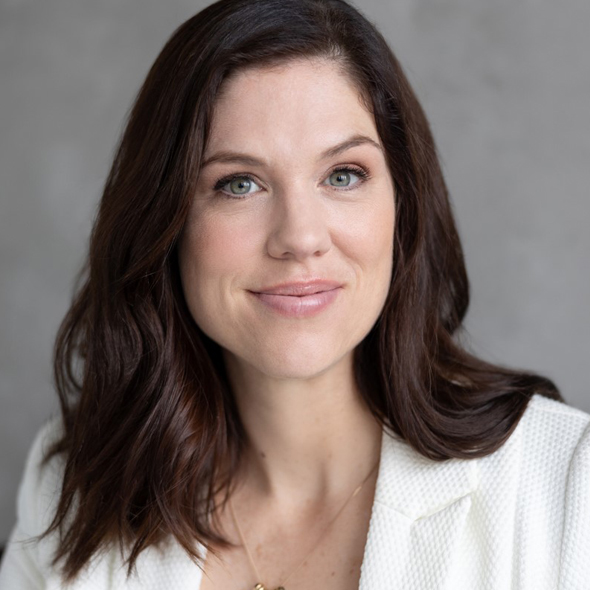We ask a prominent director to share three important lessons from three different professional experiences.
Dr Cherrell Hirst AO FAICDLife received the AICD Gold Medal in 2015 and an honorary doctorate from the University of Queensland in 2005. She was elected as an Australian Academy of Technology and Engineering (ATSE) Fellow in 2008. Her career as a non-executive director currently includes positions on Bolton Clarke and The John Villiers Trust.
The Board: Brisbane Girls Grammar School (BGGS)
The Lesson: Listen to stakeholders and all their complaints, both large and small.
In community-based organisations, management and even directors have frequent and quite close interactions with stakeholders — much closer than in most large and/or listed companies. At BGGS, where I was chair, a group of parents involved in a particular sports support group disagreed with aspects of the recently developed strategy for that sport. There were rumblings of discontent and the group voiced negative informal comments to staff.
The rumblings reached the board, as they so often do in community organisations such as schools, sporting entities, NGOs and small charities. The principal, encouraged by the board and recognising the need to nip a potential division within the school community in the bud, met with the group. Her goal was to listen and understand their position with the intention of finding a solution — accepting that it might mean modifying the strategy.
The outcome took several months and resulted in a change in timing around the implementation of the strategy. In retrospect, it served the school community well. I learned that the board should have consulted more effectively with relevant stakeholders to better understand their needs.
The Board: Bolton Clarke
The Lesson: Prepare for the worst when facing a possible disaster.
I was chair of the clinical and care governance committee (CCGC) at NFP aged care provider Bolton Clarke when reports of (the coronavirus) outbreak began to emerge in 2020. We were responsible for 2586 older persons in 25 residential homes and provided in-home services for 110,000 people across the eastern seaboard.
A worst-case scenario portrayed devastation to our clients and people, and a major assault on our business. Our approach was to prepare for the worst.
I requested a meeting of executive clinical and HR leadership so the CCGC could discuss how we were preparing and how the board might add value. Our chair had already suspended the budget, giving the CEO freedom to do what was needed. We worked with the clinical and HR teams securing supplies of personal protective equipment, putting cohort nursing in place, retraining staff in infection control, storing extra meals, ceasing new admissions to make space for isolation wards, insisting our staff work for no other provider by offering more shifts, recruiting a surge workforce, communicating with all stakeholders, and restricting visitors.
Innovative solutions to minimise spread included an appointment system for visitors to our homes and screening calls prior to home visits. We made it through the first six months of the pandemic without a single infection, but at some financial cost to the business.
The Board: Undisclosed
The Lesson: Act swiftly when there are serious doubts about a CEO.
In all organisations, but particularly in small, cash-strapped startups and NFPs, the CEO is central and crucial to the implementation of strategy. Small entities do not have the riches of an experienced executive team with often only a financial person and a handful of operations people filling multiple roles. If one or more directors become aware of small signs, perhaps repeated, of a lack of leadership or capability by the CEO, questions must be asked around the board table in in-camera sessions.
If doubts persist and further evidence is identified, individual directors must consider whether the CEO should be retained. When the team is small, cash is tight and no obvious successor is on hand, it is tempting for directors to be persuaded that changing the CEO will create its own challenges and hence other solutions should be found to compensate — such as having one or more directors “help out” — mentoring or coaching for the CEO, or modifying structure to change responsibilities.
The lesson I have learned the hard way, after two similar experiences, is that changing the CEO sooner rather than later generates the better outcome for the company. Yes, have a director step in for the interim, but act quickly and decisively to find a new CEO with appropriate experience and skills. Postponing the inevitable and trying work-around solutions is setting the company up for a serious failure later, with unwanted consequences.
Latest news
Already a member?
Login to view this content



.jpg)